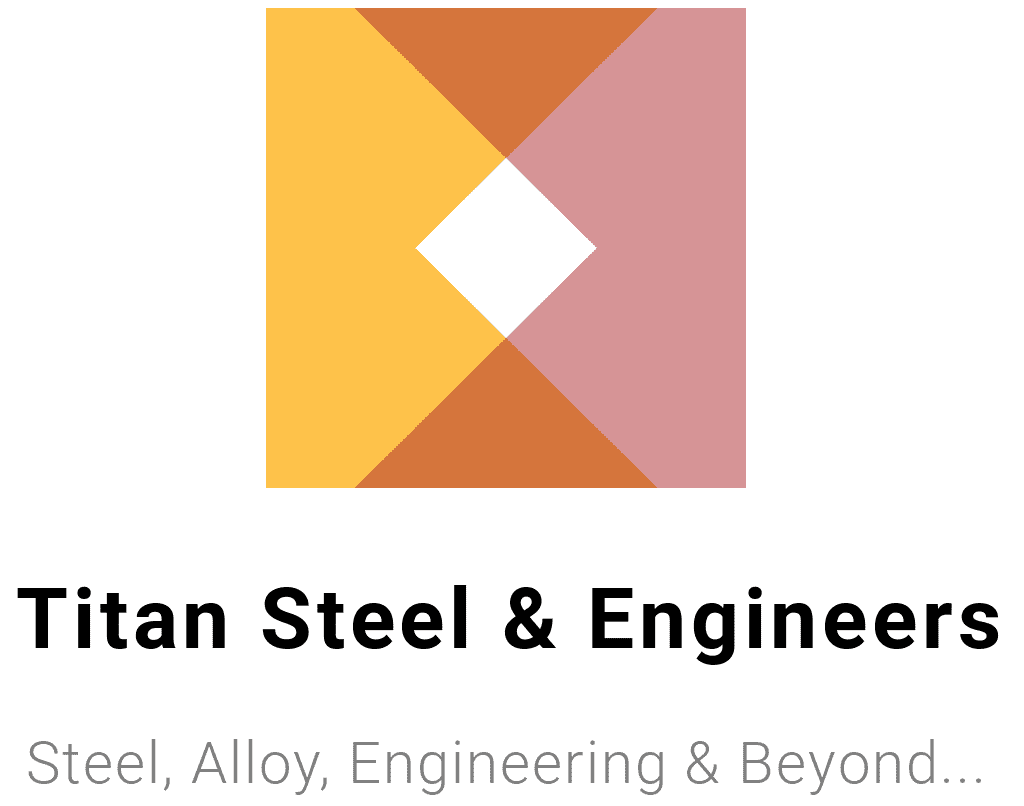Introduction
- Hook: Highlight the pivotal role of construction materials in creating enduring structures and introduce bright steel as a game-changing material in modern construction.
- Relevance: Explain why decision-makers in the construction industry should care about bright steel. The material offers unmatched strength, precision, and adaptability, making it invaluable for ambitious projects.
- Overview: Outline what readers will gain from this blog, covering the definition, benefits, types, applications, case studies, selection criteria, and future trends surrounding bright steel.
Body Sections
1. What is Bright Steel?
- Define bright steel as high-quality, precision-engineered steel with superior surface finish and tighter tolerance levels.
- Provide an overview of the manufacturing process:
- Processes such as cold drawing, turning, grinding, and polishing.
- Highlight the difference between bright steel and regular steel (e.g., properties, finish, and applications).
2. Advantages of Using Bright Steel in Construction
- Strength and Durability:
- Enhanced mechanical properties due to high precision in manufacturing.
- Aesthetic Appeal:
- Smooth surface finish, making it ideal for exposed applications.
- Precision:
- Accurate dimensions lead to ease of use and better assembly compatibility.
- Sustainability:
- Highlight its recyclability and reduced waste in manufacturing processes.
3. Types of Bright Steel
- List and briefly describe common types of bright steel:
- Bright mild steel.
- Bright stainless steel.
- High carbon bright steel.
- Discuss how each type is suited for specific construction purposes, e.g., high-strength requirements or decorative finishes.
4. Applications of Bright Steel in Construction Projects
- Load-bearing structures:
- Beams, columns, and frameworks.
- Decorative elements:
- Handrails, balustrades, and exposed structural features.
- Precision fittings:
- Hinges, fasteners, and anchor systems.
- Case for sustainability:
- Use in modular and prefabricated construction due to precision and adaptability.
5. Real-Life Case Studies
- Share examples of successful construction projects where bright steel played a critical role:
- Example 1: Large commercial building framework.
- Example 2: Artistic designs for urban spaces using bright steel’s aesthetic versatility.
- Provide statistics or quotes from project leads to emphasize impact (e.g., saved time, reduced waste).
6. Choosing the Right Bright Steel for Your Project
- Factors to consider:
- Project nature (e.g., decorative versus structural application).
- Steel grade and tolerances.
- Supplier reliability and industry certifications.
- Checklist for decision-makers:
- How to evaluate the quality and compatibility of bright steel for specific projects.
7. Future Trends in Bright Steel Usage
- Explore how advancements in technology, like AI and automation in steel manufacturing, improve bright steel quality and uses.
- Discuss innovations in eco-friendly production methods and their alignment with sustainable construction goals.
- Predict how bright steel may enable unique architectural designs and prefabrication trends.
Conclusion
- Summary: Recap the unique qualities of bright steel, its advantages, and its wide range of applications in construction.
- Actionable Insight: Encourage decision-makers to prioritize bright steel when seeking high-quality, adaptable construction materials.
- Call to Action:
- Visit [company website] to explore premium bright steel options tailored for your next project.
- Download our detailed guide on choosing construction materials for further insights into leveraging steel applications effectively.

